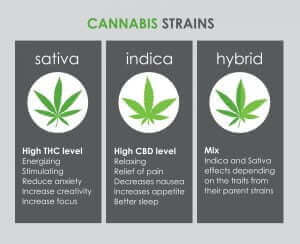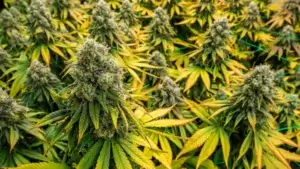Definition
Tiny, hair-like structures on the surface of cannabis plants that produce and store cannabinoids, terpenes, and other compounds responsible for the plant’s effects, aroma, and flavor.
Purpose and Usage
Trichomes are crucial for cannabis potency, flavor, and therapeutic properties. They protect the plant in its natural environment while serving as the source of active compounds used in cannabis products. Understanding trichomes helps growers, manufacturers, and consumers assess cannabis quality.
How It Relates to Cannabis
- Found on the buds, leaves, and stems of cannabis plants, especially in the resinous parts.
- Produce cannabinoids like THC and CBD, and terpenes that determine the plant’s aroma and effects.
- Appear as tiny, crystal-like structures, often giving cannabis a frosty or sticky appearance.
- Harvested and concentrated into products like kief, hash, or extracts.
- Indicate the plant’s maturity and readiness for harvest, as their color changes during flowering.
Common Misconceptions
- Trichomes are just for looks: While they contribute to the plant’s visual appeal, their primary role is producing active compounds.
- All trichomes are the same: There are different types (e.g., capitate-stalked, capitate-sessile), varying in size and cannabinoid content.
- Trichomes only contain THC: They also produce CBD, CBG, terpenes, and other beneficial compounds.
Alternatives
- Kief: A collection of detached trichomes, often used as a concentrate.
- Resin: A term for the sticky substance produced by trichomes, used interchangeably in some contexts.
- Glandular heads: A more scientific term for the resin-filled tips of trichomes.
Importance of Trichome
Trichomes are the powerhouse of the cannabis plant, determining its potency, flavor, and therapeutic properties. They are vital for assessing cannabis quality and are the foundation of many concentrates and extracts. Understanding trichomes enhances the appreciation of cannabis cultivation and the production of high-quality products.





